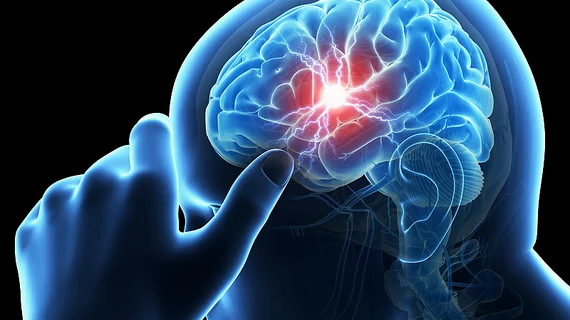American Indians have an especially high risk of stroke, leaving researchers with many questions
American Indians face a higher risk of non-hemorrhagic stroke than people from any other racial or ethnic group, according to a new analysis published in the Journal of the American Heart Association. This was found to be true whether the individual has atrial fibrillation (AFib) or not.
The study’s authors explored data from nearly 17 million adults who received care in California from 2005 to 2011, following each patient for a median of more than four years. Approximately 0.6% of the patients included in the analysis were American Indian.
Overall, there were more than 166,000 non-hemorrhagic strokes. Nearly 36,000 of those strokes involved a patient with AFib.
American Indian patients had a 47% higher risk of non-hemorrhagic stroke than the patients from every other group, the team reported. American Indian patients with AFib, meanwhile, had a 38% higher risk than AFib patients from every other groups.
This patient population was also associated with high rates of Type 2 diabetes, obesity and smoking—and a smaller chance of being covered by insurance.
The precise reason for these statistics is still unknown.
“The results of our study add to the growing body of evidence that race and ethnicity are important factors when assessing stroke risk,” lead author Gregory M. Marcus, MD, a cardiologist at the University of California, San Francisco, said in a prepared statement. “However, our findings that conventional risk factors such as AFib may not be the cause for this increased risk among American Indian individuals, suggest other influences are in play. These could possibly be related to hereditary factors, environmental exposures or disparities in access to healthcare, and this clearly warrants further attention.”
As they aim to find out more about this eye-opening trend, researchers hope to expand their study so that they can track a larger number of patients.
The full study can be read here.

